
The Timeless Beauty of Moroccan Architecture: A Journey Through History and Art
Moroccan architecture is a stunning testament to the country’s rich cultural heritage and artistic brilliance. From the intricate tilework in the bustling medinas of Marrakech and Fes to the fortified kasbahs of the desert and the modern urban landscapes of Casablanca, it reflects centuries of history, diverse influences, and masterful craftsmanship. This blog dives deep into the essence of Moroccan architecture—its origins, distinctive features, key landmarks, and cultural significance. Whether you are an architecture enthusiast, traveler, or simply curious, this exploration of Morocco’s architecture will illuminate the soul of Morocco’s built environment.
A Fusion of Cultures: The Roots of Morocco’s Architecture
Morocco’s location at the crossroads of Africa, Europe, and the Middle East has given its architecture a unique blend of influences. Indigenous Berber traditions, Arab-Islamic artistry, Andalusian elegance, and French colonial styles converge to create a rich architectural tapestry.
Andalusian Elements in Morocco’s Architecture
After the Reconquista, Andalusian artisans brought their craftsmanship to Morocco, deeply influencing Morocco’s architecture.
- Tilework and Plaster: The intricate zellige mosaics and delicate stucco carvings in Morocco’s architecture owe much to Andalusian techniques. These details create vibrant, rhythmic patterns that decorate palaces, mosques, and homes.
- Architectural Forms: Horseshoe arches and inward-facing courtyards, prominent in Morocco’s architecture, reflect Andalusian design, promoting privacy and tranquility.
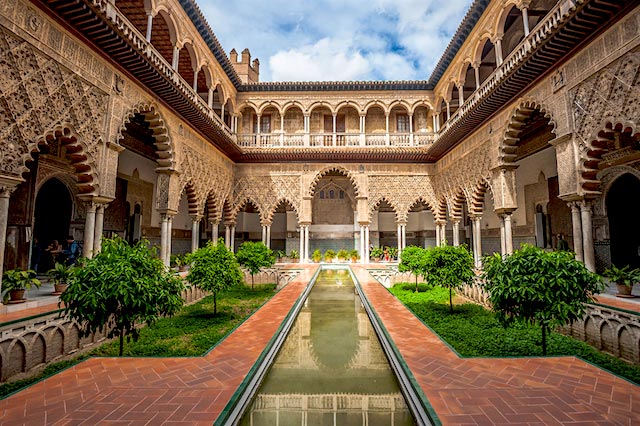
The Arab-Islamic Contribution to Morocco’s Architecture
With the arrival of Arab conquerors, Moroccan architecture integrated Islamic principles, blending spirituality with intricate design.
-
Mosques and Minarets:
Moroccan architecture features mosques with striking square minarets like the famous Koutoubia Mosque in Marrakech. These structures combine functionality with ornate geometric patterns and carved stucco that exemplify Moroccan architecture’s elegant yet restrained style. -
Madrassas:
Islamic schools such as the Bou Inania Madrasa in Fes represent Moroccan architecture’s zenith, featuring exquisite zellige tilework, cedar wood craftsmanship, and beautifully proportioned courtyards conducive to study and contemplation.
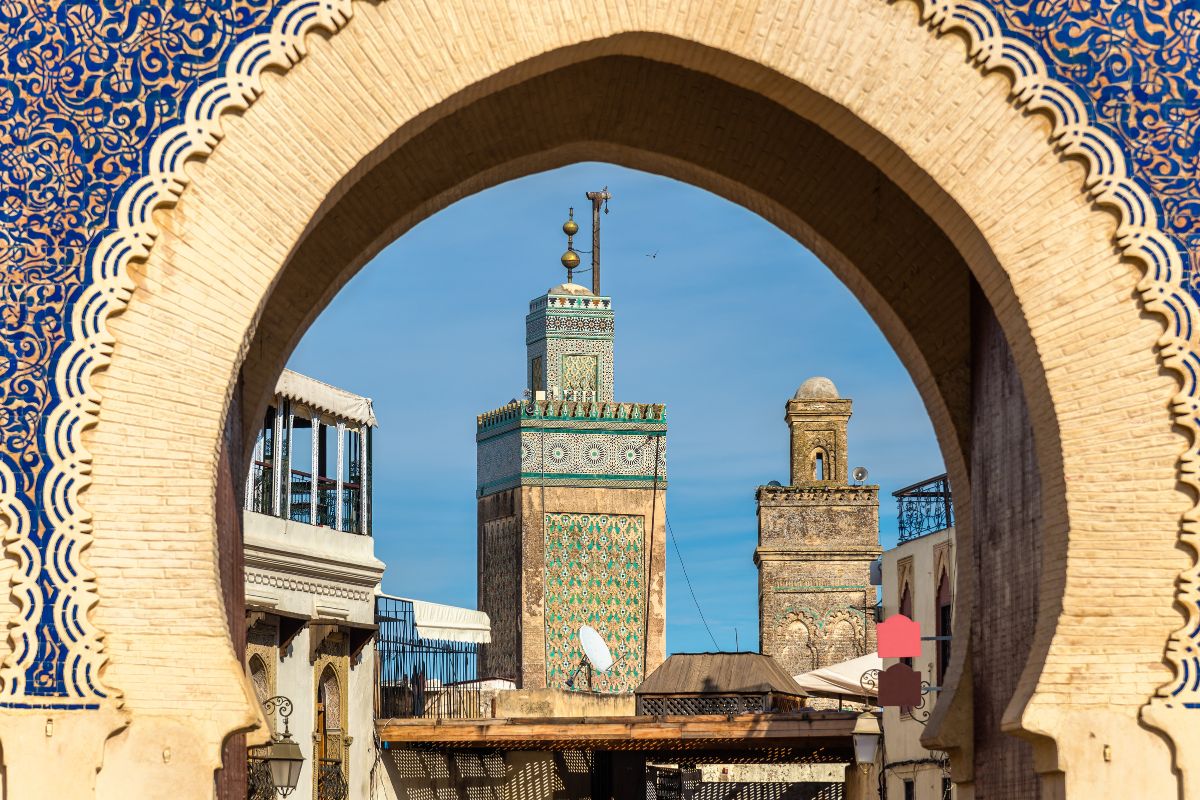
Berber Influence: The Foundations of Moroccan Architecture
The indigenous Berber people have significantly shaped Morocco’s architecture with their mastery of earth and stone construction. Kasbahs and ksours—fortified homes and villages—are some of the oldest and most emblematic structures in Moroccan architecture.
-
Kasbahs and Ksours:
These earthen fortresses with their warm, ochre tones harmonize with the desert landscapes, designed for defense and endurance. The Kasbah of Aït Ben Haddou is an iconic example and a UNESCO World Heritage site that showcases traditional Moroccan architecture’s strength and beauty. -
Materials and Methods:
Moroccan architecture here relies on locally sourced materials such as rammed earth (pisé), adobe bricks, and stone, which regulate temperature naturally, ensuring comfort in harsh climates.
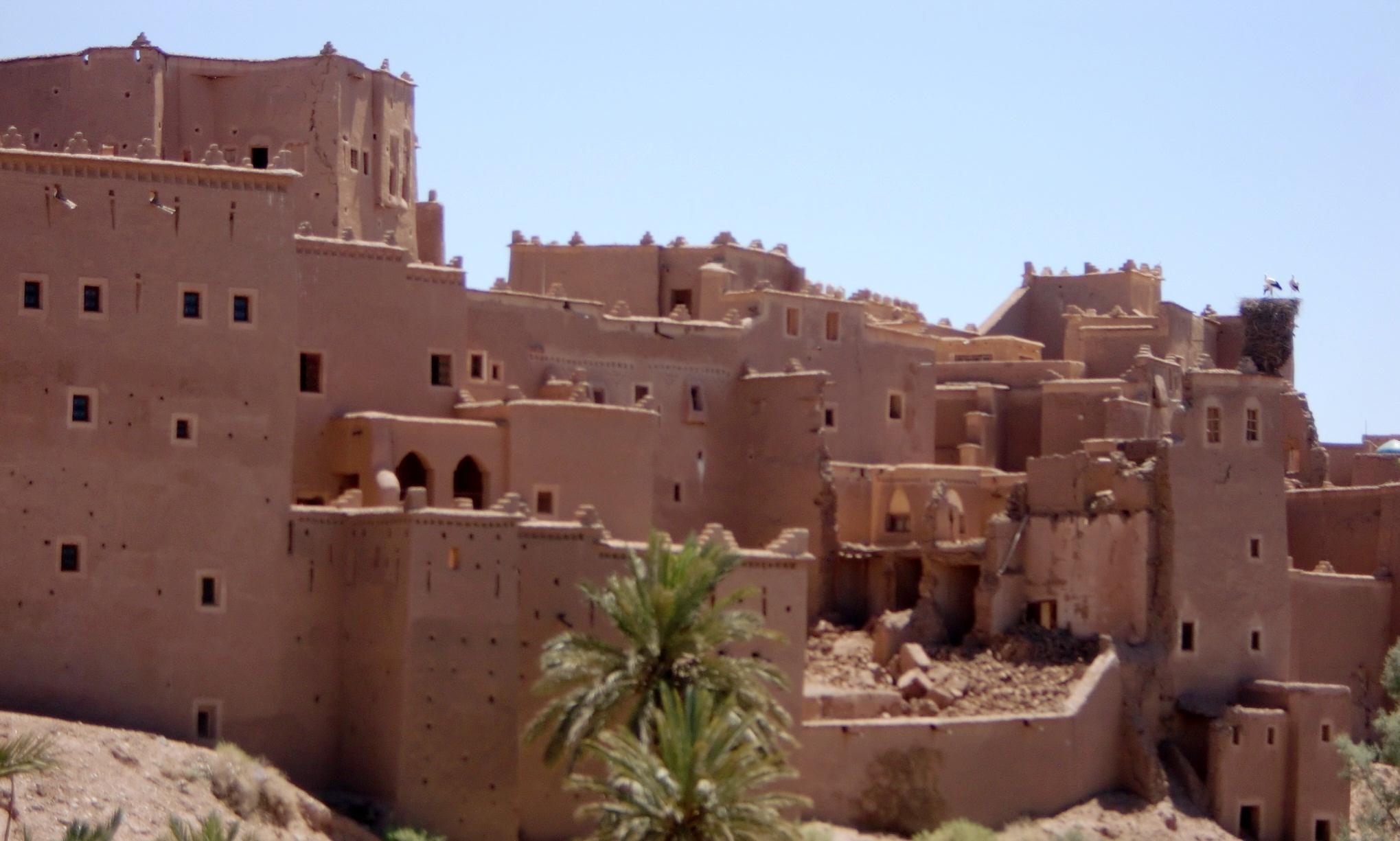
Colonial and Contemporary Moroccan Architecture
The French protectorate introduced new architectural styles and urban planning ideas to Morocco.
-
Art Deco and Haussmann Styles:
Casablanca’s wide boulevards and buildings like the Wilaya and the Church of Sacré-Cœur showcase the blend of Moroccan architecture with French colonial aesthetics. -
Modern Innovations:
Today’s architects fuse Moroccan architectural traditions with contemporary design, creating structures that honor heritage while embracing sustainability and modern materials.
Key Features of Moroccan Architecture
To appreciate Moroccan architecture fully, it’s essential to understand its signature elements:
Zellige: The Artful Mosaic Tiles
Zellige, the colorful mosaic tiles handcrafted and arranged in geometric patterns, are a hallmark of Moroccan architecture. They adorn walls, fountains, and floors, providing visual rhythm and cultural symbolism.
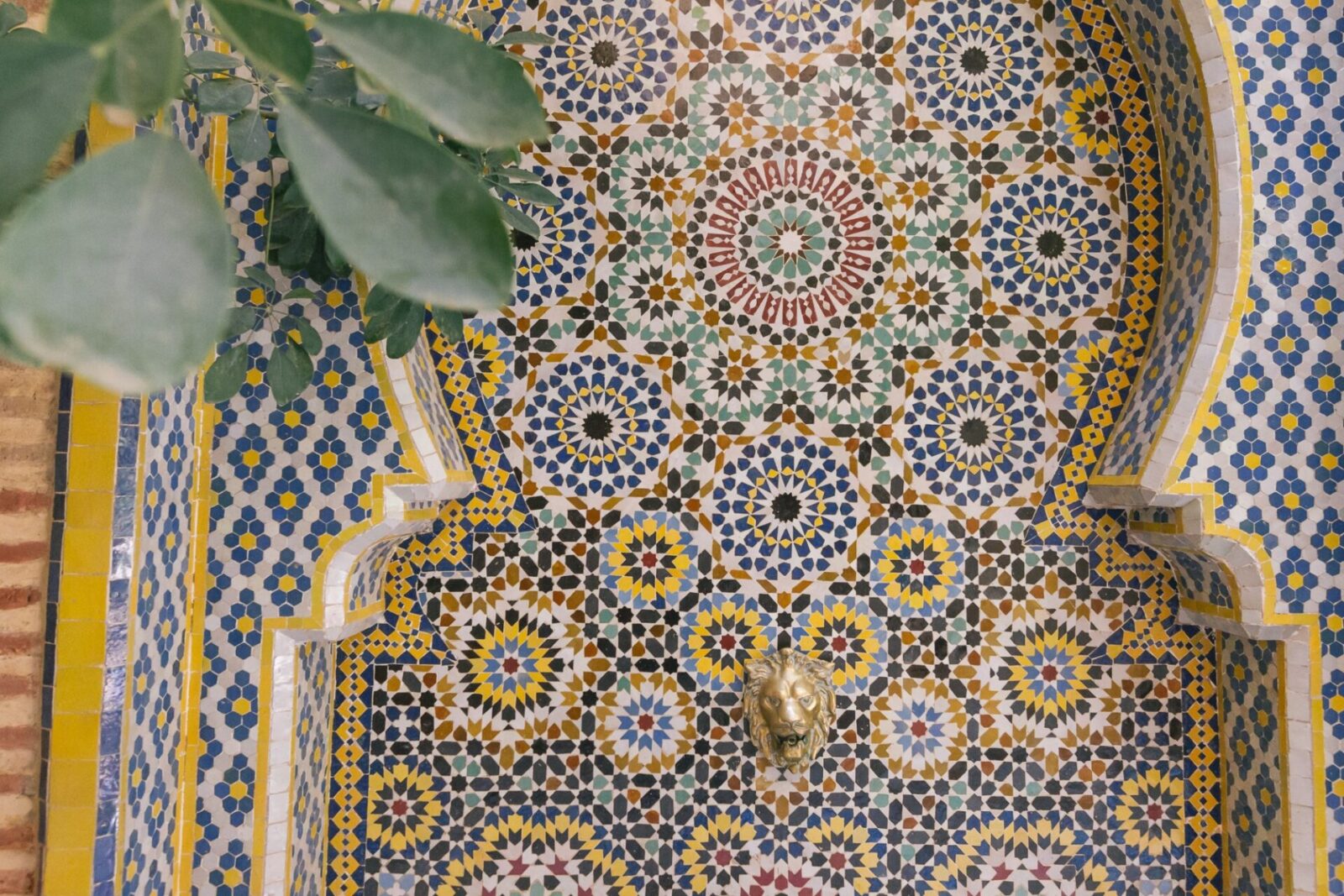
Stucco and Carved Plaster
Moroccan architecture often showcases stucco adorned with repetitive arabesque and geometric motifs, reflecting Islamic artistic traditions and representing infinity and unity.
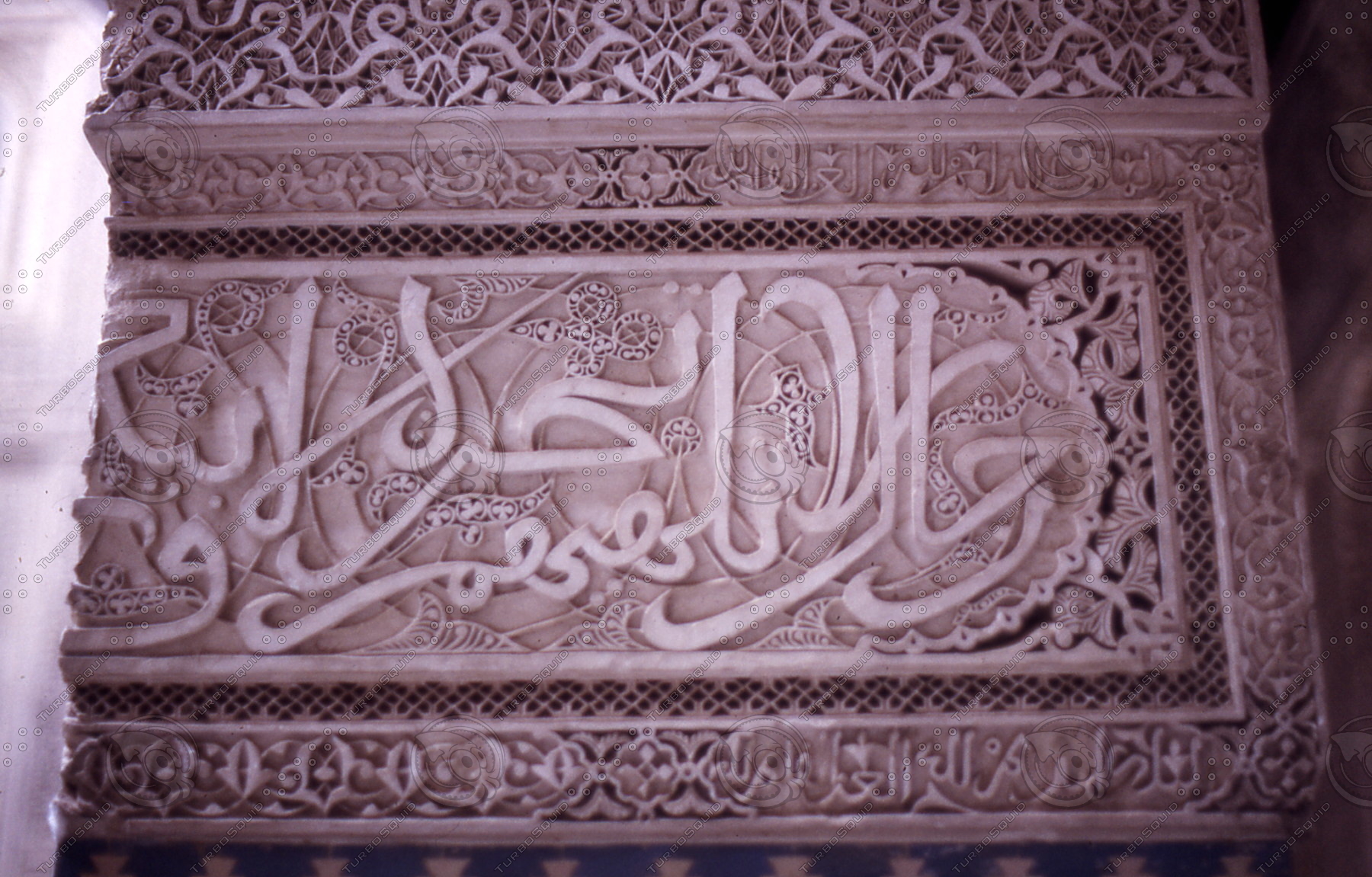
Riads and Courtyards
A defining feature of Moroccan architecture is the inward-facing riad—a traditional home built around a serene courtyard with fountains and gardens, providing privacy and respite from the outside world.
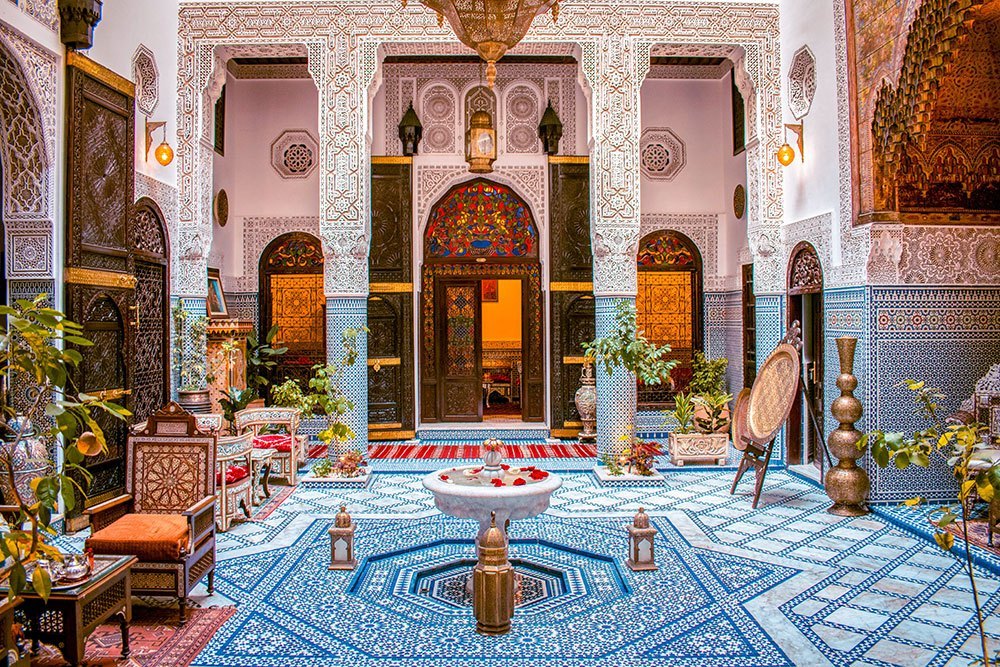
Woodwork and Metalwork
Moroccan architecture features finely carved cedar wood ceilings and doors, often painted or gilded, alongside brass and copper metalwork decorating lanterns, door knockers, and furniture.
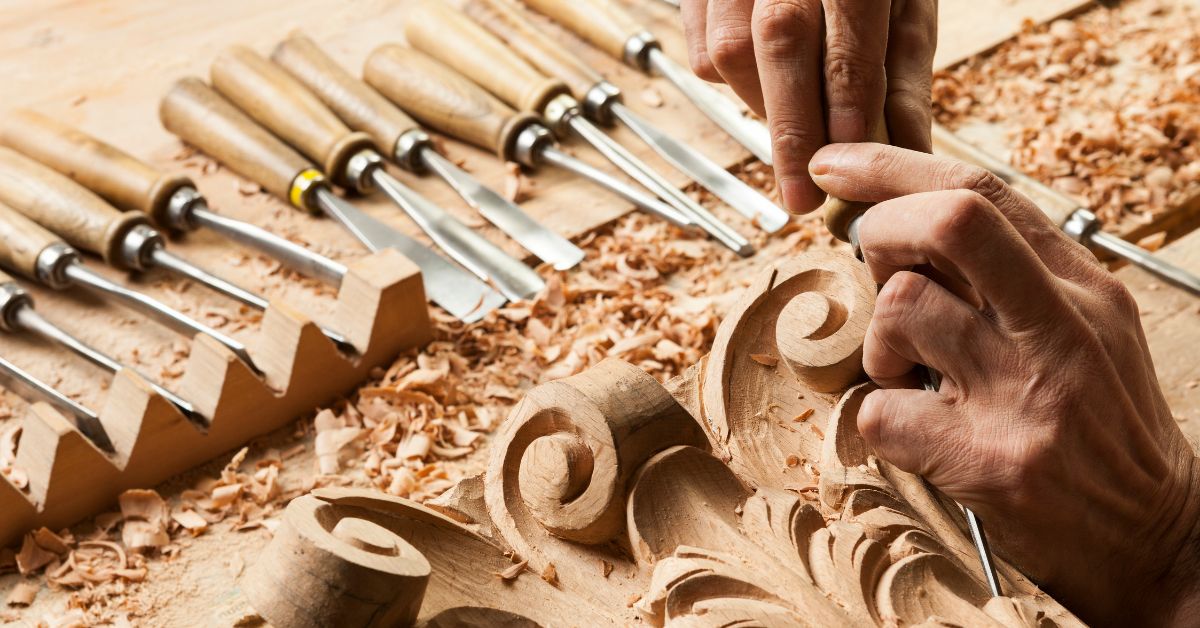
Must-Visit Examples of Moroccan Architecture
Aït Ben Haddou Kasbah
This fortress exemplifies Berber architecture, standing proudly along ancient caravan routes. Aït Ben Haddou’s towering walls and alleys have served as a backdrop for numerous films, demonstrating the cinematic appeal of Moroccan architecture.
The Medina of Fes
The sprawling medina of Fes is a UNESCO World Heritage site rich with architectural gems, including the Bou Inania Madrasa and the Al Quaraouiyine University—centers of Islamic learning and architectural artistry.
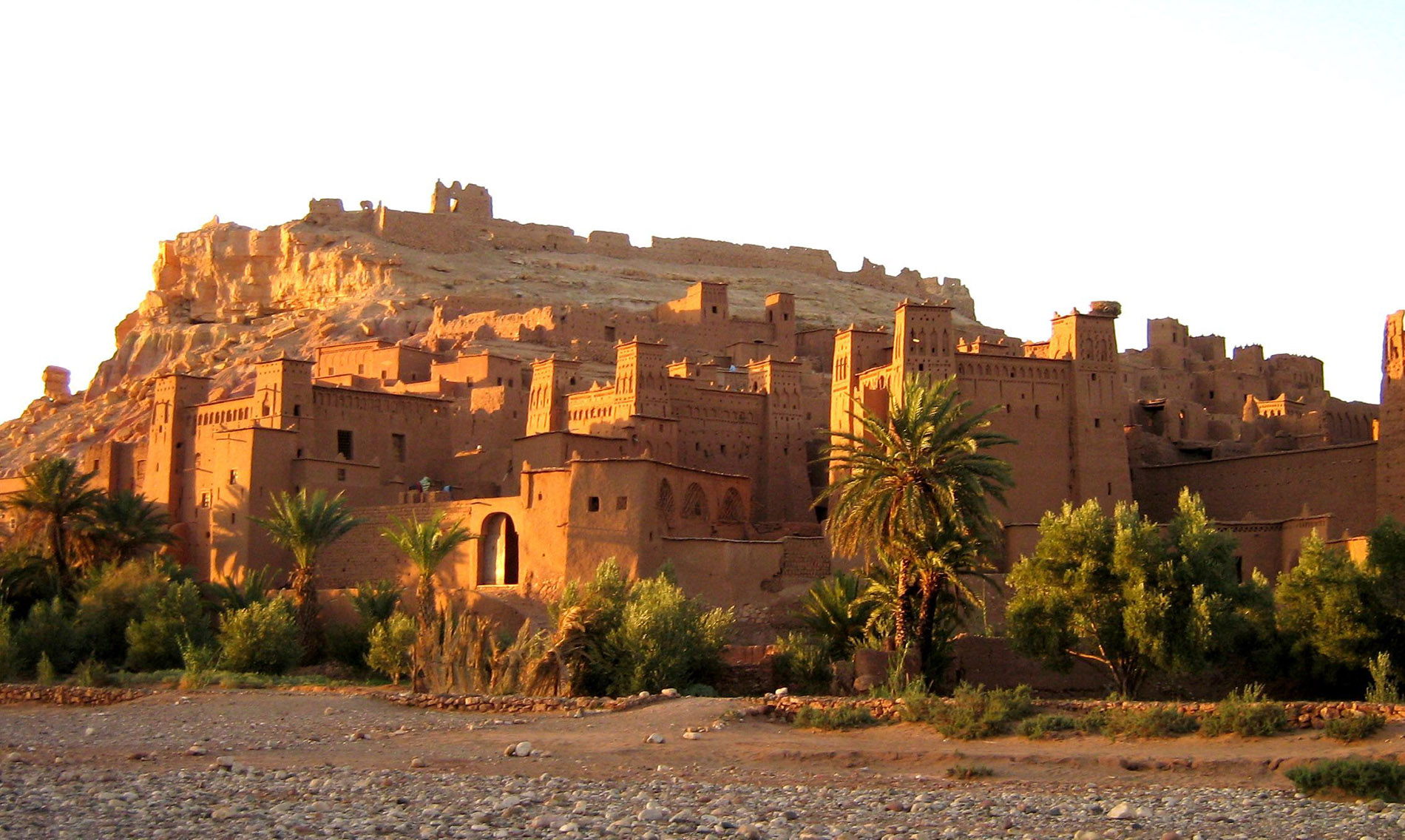
Koutoubia Mosque, Marrakech
A masterpiece of Morocco’s architecture, the Koutoubia Mosque’s soaring minaret dominates Marrakech’s skyline, symbolizing religious and cultural identity.
Hassan II Mosque, Casablanca
A marvel of modern Moroccan architecture, this mosque combines traditional elements with innovative engineering, featuring the world’s tallest minaret and a location partially built over the Atlantic Ocean.
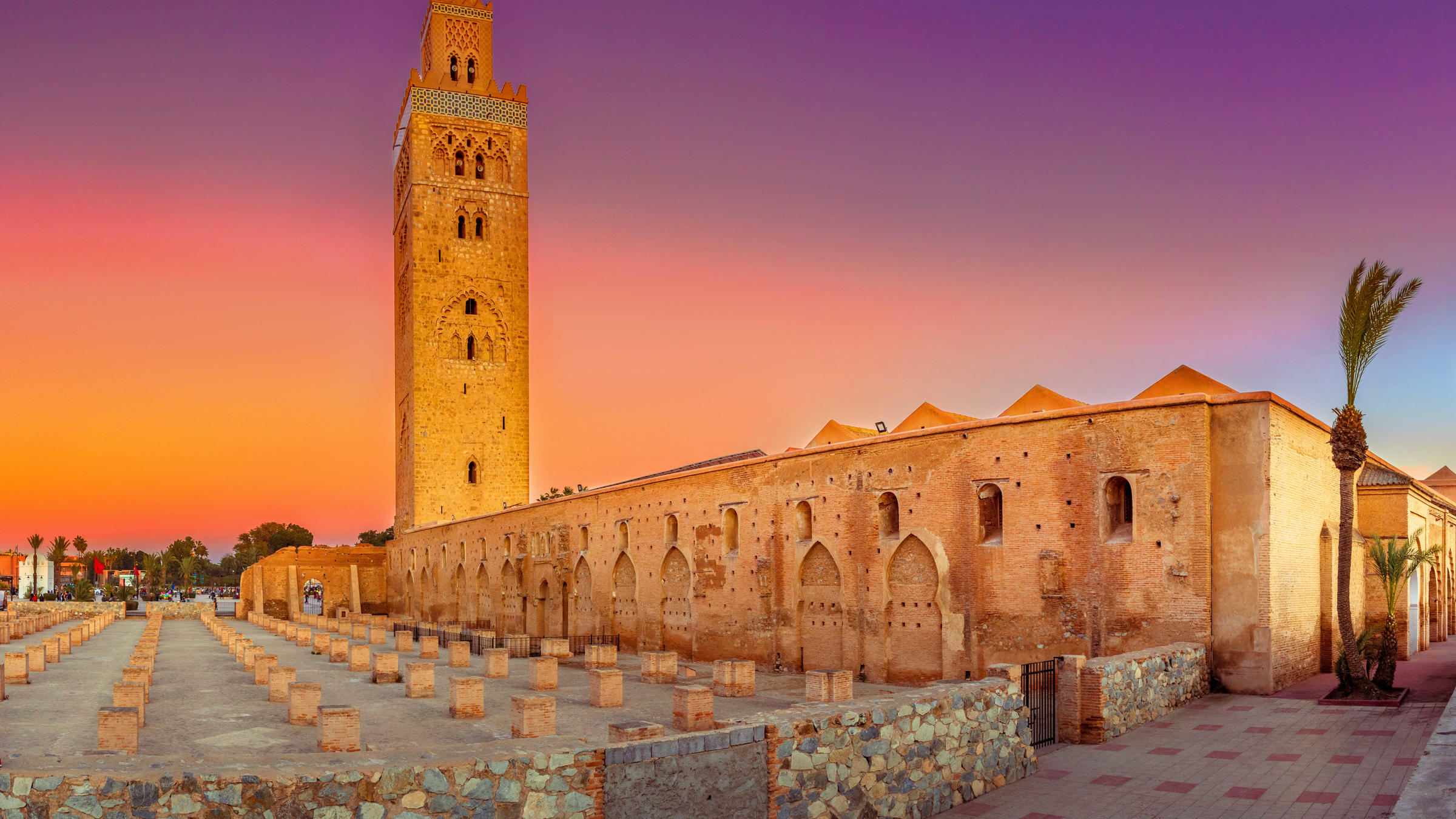
Moroccan Architecture as a Cultural Symbol
Morocco’s architecture embodies the country’s values, history, and identity. It reflects the craftsmanship passed down through generations and social customs emphasizing privacy and community. Each element—from zellige tiles to tadelakt plaster—tells a story of Moroccan life and artistry.
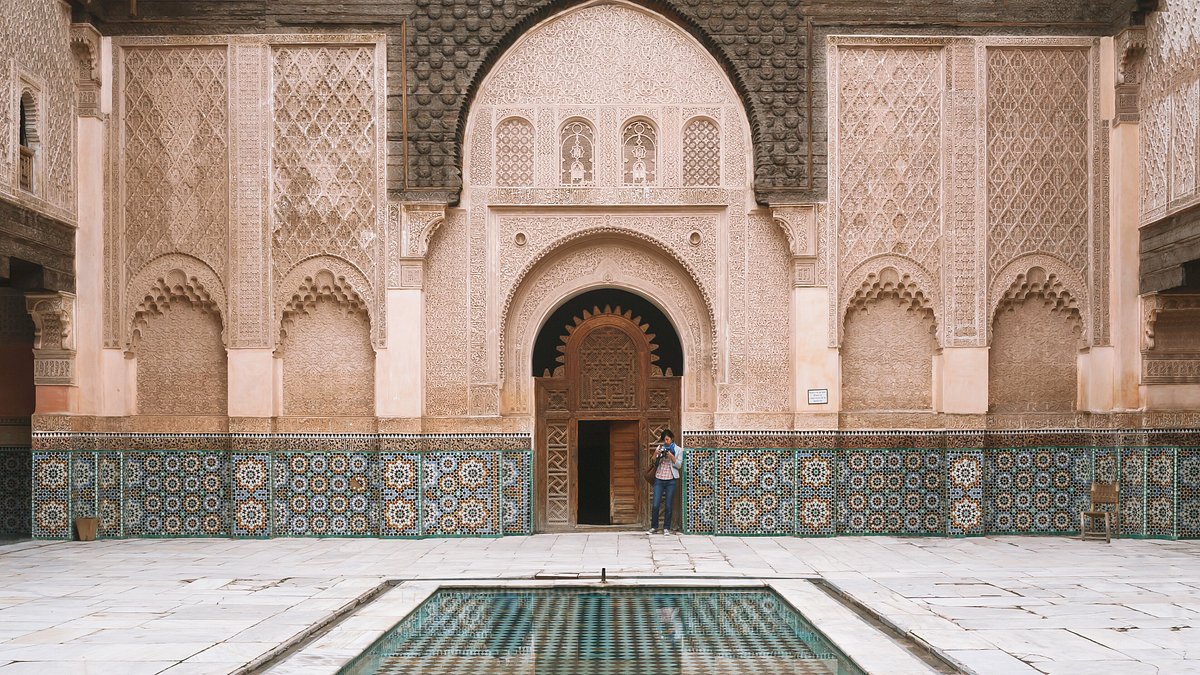
Exploring Morocco’s Architecture: Tips for Travelers
-
Join guided tours in Marrakech, Fes, and Casablanca to explore Morocco’s architecture’s history and details.
-
Visit artisan workshops to witness the making of zellige tiles, carved wood, and tadelakt plaster.
-
Stay in a traditional riad to experience Moroccan architecture firsthand.
-
Respect local customs when photographing people and homes.
-
Venture beyond cities to discover Berber kasbahs and desert architecture.
The Enduring Legacy of Moroccan Architecture
Morocco’s architecture is a living heritage where history, culture, and art intertwine. It invites you to walk through ancient alleys, admire mosaic artistry, and marvel at the blend of old and new. Whether wandering a medina or gazing at a desert kasbah, it offers a rich, immersive experience.
For anyone passionate about architecture or cultural travel, Morocco’s architectural heritage is an unmissable journey into beauty, tradition, and innovation.
Experience Morocco’s Architecture with Morocco Travel Road
If the intricate beauty of Morocco’s architecture has sparked your wanderlust, why not experience it up close with the people who know it best? Morocco Travel Road offers expertly guided tours that take you beyond the surface—into ancient medinas, majestic kasbahs, and hidden architectural gems. Whether you’re exploring the winding alleys of Fes or watching the sun set behind an earthen kasbah in the desert, you’ll witness the soul of Morocco through its buildings.
Let Morocco Travel Road craft a journey that brings this architectural heritage to life.
Book your tour today and start your unforgettable Moroccan adventure.
